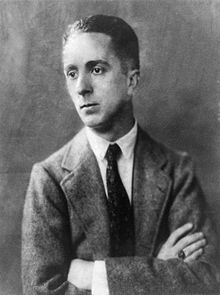Beyond the Canvas: Rockwell’s April Fools’ brings laughter in a serious time
Norman Rockwell once said, “I showed the America I knew and observed to others who might not have noticed.” Most of Rockwell’s covers are subtle opportunities to stop and look at the innocent, decent normalcy of American life. On three April Fools’ Days throughout the 1940s, Rockwell took a chance showing a surreal America no one knew, and he certainly made us notice.
After spending six months working on the serious Four Freedoms paintings, the ideas for which came from a speech by President Roosevelt, the April Fools’ covers were a welcome moment for Rockwell to take a step back from war and celebrate joyous laughter.
The covers turned seemingly innocent depictions of American life upside-down with hundreds of topsy-turvy injections of laughable absurdity. The first of the paintings appeared on April 3, 1943; the second on March 31, 1945; and the final April Fools’ Day cover on April 3, 1948. The scenes are simple Rockwell “Americana”: an elderly couple playing chess, a man fishing while leaning against a tree, and a girl shopping for a doll – all comically, nonsensically twisted.
American sensibilities had become more serious with the onset of World War II. Rockwell’s former models – children at play, in a store, at the doctor’s office – had grown into young men and women who were asked to serve their country. Although Rockwell would later return to paintings of children, everyday lives were turned upside-down by this new reality. Small-town simplicity had been traded for the construction of war machines, rations and collected supplies, and various means of an entire nation aiding the war effort.
Seeing the April Fools’ covers from the newsstand, or as they arrived in the mail, provided just as much fun for the viewership as Rockwell had taken in designing the illustrations. People could find each and every absurdity on their own or with a group, pointing out the various April Fools’ Day quirks and gaffes. They worked well as clever talking points to bring individuals, families, communities, and the nation together, coaxing them to pause, to put aside the feelings of seriousness and frustration that consumed the country.
The covers worked so well that by the time the third was published, finding the jokes in Rockwell’s April Fools’ Day art became an exciting game Post readers eagerly awaited. To this day, these three covers mesmerize viewers and bring a quick bout of laughter. See how many April Fools’ jokes you can spot and check your answers in the image below!
See answers to all of Rockwell’s April Fools’ covers here.



